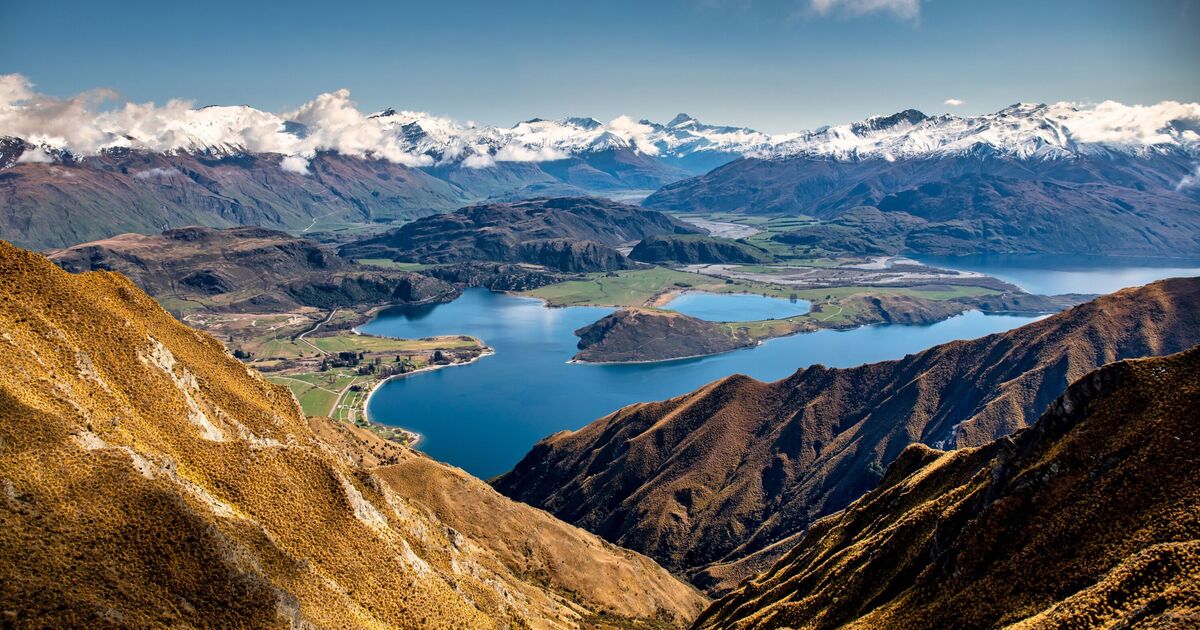There are a wide variety of factors which determine why a country is over or under populated.
Fertility rates, economic conditions, and climate might be responsible for overpopulation whilst extreme temperatures, poverty, land mass, and disease might contribute to under population.
But there is one island, described as the “most beautiful” by Rough Guides, that is extremely sparsely populated – despite not really meeting any of the above criteria.
Despite being much larger, New Zealand has a population twelve times smaller than the UK. As a result, 80% of its land is uninhabited, making it one of the most sparsely populated islands on earth.
Andrew Douglas-Clifford is a freelance mapmaker who works under the name ‘The Map Kiwi’ and has studied the island’s sparse population.
He has studied the sparse population and produced maps to show the spread of population centres across both islands.
Speaking to the New Zealand Herald, Mr Douglas-Clifford said: “What was most interesting about New Zealand was how much of our land is uninhabited (about 78% of our total area) compared to more densely populated countries that are similar in size.
“Of course, that land comprises mainly of mountains, forests and farmland.”
The reasons for the sparse population are often debated but a few are universally agreed upon. One of which is the fact that the islands were the last to be “discovered” by the West, with a Māori population of around 200,000 people at the time of discovery, meaning that the window for emigration has been shorter.
Its neighbour Australia is even more sparsely populated compared to its size, although distance is a secondary factor behind the country’s extreme heat, which makes much of it uninhabitable.
Whilst most sparsely populated countries exist that way due to weather and climate, the same doesn’t appear to be true for much of the country, although some mountainous areas in the south are too cold for significant population centres to develop.
But terrain is an important factor. New Zealand’s economy benefits immensely from the immense wealth generated by its vast amount of exports. Large swathes of the country’s fertile land are used for mass farming, meaning that the space available for houses to be built is reduced.
If the space was used for housing, would the country be able to fill it? Not necessarily. The country’s geographical location, thousands of miles away from most other nations, makes it less appealing as an immigration prospect, meaning that it would struggle to increase its population this way even if it wanted to.
Other factors might include the extreme attrition rate of young men during the two world wars combined with more recent high cost of living, which might have contributed to falling fertility rates at various times over the last century, however this are more difficult to quantify and are generally, less agreed upon.







